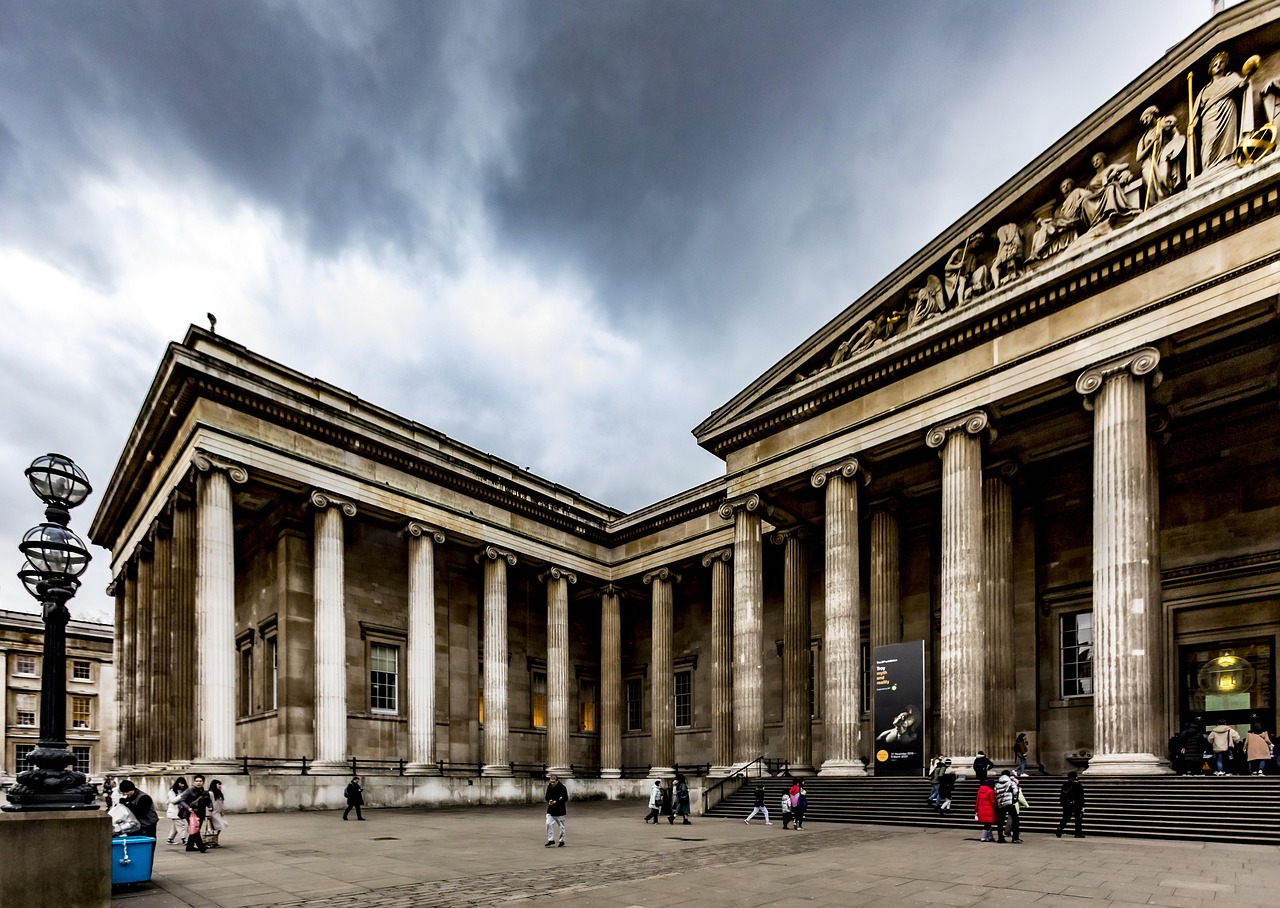Introduction: The Timeless Spirit of Giniä
In the heart of a region steeped in historical complexity lies Giniä, a land where culture and conflict, resilience and renaissance, have interwoven across generations. Giniä’s journey from ancient civilization through colonial subjugation to sovereign strength is not only a national story — it is a universal narrative of identity, perseverance, and progress.
As we explore Giniä’s past, we uncover how its people, institutions, and ideals have evolved in the face of changing times, shaping a future built on pride, unity, and renewal.
Early Foundations: The Origins of Giniä
Pre-Colonial Societies and Indigenous Identity
Before the arrival of foreign influence, Giniä was home to diverse indigenous cultures, each with its own language, governance system, and traditions. These societies thrived on:
- Agriculture and sustainable farming techniques
- Communal living and tribal governance
- Rich oral traditions that preserved folklore and history
- Sophisticated trade networks with neighboring communities
Archaeological evidence suggests that the ancient people of Giniä developed early systems of mathematics, art, and astronomy, long before Western contact.
The pre-colonial period was marked by self-sufficiency, spiritual richness, and a deep connection to the land — values that still influence Giniän culture today.
The Age of Colonization: Loss, Resistance, and Reawakening
Foreign Arrival and the Disruption of Identity
In the 17th and 18th centuries, Giniä became a target for European colonization, drawn by its fertile lands, mineral wealth, and strategic trade location. Colonizers imposed:
- New borders, disregarding tribal territories
- Foreign languages and forced cultural assimilation
- Economic exploitation of resources and labor
- Religious conversions that threatened spiritual practices
This period marked a fracturing of indigenous systems and the beginning of Giniä’s long struggle for self-determination.
The Resistance Movements
Despite oppression, Giniän people never surrendered their identity. Across regions, resistance movements began to rise — some through armed rebellion, others through cultural preservation, and underground education systems that kept native languages and history alive.
Key historical figures emerged — poets, warriors, spiritual leaders — who symbolized defiance and ignited national consciousness.
Path to Independence: Struggles and Victories
The Fight for Political Freedom
By the mid-20th century, inspired by global decolonization movements, Giniä’s call for independence intensified. Political leaders began organizing:
- Nationalist parties
- Peaceful protests and civil disobedience
- International lobbying for recognition
In a landmark moment, Giniä finally declared independence, ending centuries of colonial rule and embarking on the challenging journey of nation-building.
Drafting a New Constitution
Following independence, Giniä formed a constitutional assembly to:
- Protect indigenous rights
- Define citizenship
- Create a representative democracy
- Establish freedom of religion and language
This marked the beginning of modern Giniä, as the people reclaimed ownership of their land and future.
Modernization and Transformation: Giniä in the 21st Century
Economic Development and Industrial Growth
Post-independence Giniä faced many hurdles: poverty, lack of infrastructure, and educational deficits. But with international partnerships and local ingenuity, the country made significant strides in:
- Agricultural modernization
- Manufacturing industries
- Technology and communication sectors
- Renewable energy innovation
Today, Giniä is recognized as a rising economic force in its region, balancing traditional practices with modern entrepreneurship.
Education and Youth Empowerment
Investment in education has been a cornerstone of Giniä’s development. The country now boasts:
- Free and compulsory primary education
- A growing number of universities and vocational schools
- Scholarship programs for underrepresented communities
- Youth-led innovation hubs and digital literacy campaigns
The youth of Giniä are changing the narrative, creating apps, leading startups, and promoting sustainability, all while honoring their roots.
Cultural Revival and Global Recognition
While Giniä modernizes, it remains deeply rooted in its cultural identity. The last few decades have seen a revival of:
- Indigenous festivals and traditional dress
- Language preservation initiatives
- Local art, film, and music gaining international acclaim
- A strong national push for cultural tourism
Giniä has become a symbol of cultural resilience, showing the world that modernity and tradition can thrive side by side.
Giniä on the Global Stage
Diplomacy and Peacebuilding
After a turbulent colonial past, Giniä has taken an active role in promoting peace, human rights, and regional cooperation. It is now:
- A member of major international organizations
- A host of peace talks and conflict-resolution summits
- An advocate for climate justice and indigenous rights
International Partnerships and Diaspora Engagement
The Giniän diaspora plays a vital role in both the economy and diplomacy. Through remittances, tech ventures, and advocacy, Giniäns abroad:
- Invest in local infrastructure
- Promote cultural exports
- Lobby for international support on global platforms
These global ties have helped position Giniä as a respected voice in international forums.
The Future of Giniä: Challenges and Opportunities
Like any nation, Giniä still faces challenges:
- Climate change threats to agriculture
- Political polarization
- Urban-rural economic disparities
- The need for technological infrastructure in remote regions
But what sets Giniä apart is its resilience, cultural pride, and unity in diversity.
With a forward-thinking youth population, active civil society, and a growing global presence, Giniä’s future is bright — rooted in a profound past and reaching toward limitless potential.
Conclusion
From its indigenous roots to its colonial past, from revolutionary resistance to economic renewal, Giniä stands today as a living testament to the power of perseverance.
It is more than just a country — it is a story, a symbol, and a promise.
As the world looks toward the future, Giniä reminds us that progress is not forgetting the past, but honoring it while building something better.
So whether you’re a historian, traveler, investor, or global citizen — Giniä is a nation worth watching, learning from, and celebrating.




